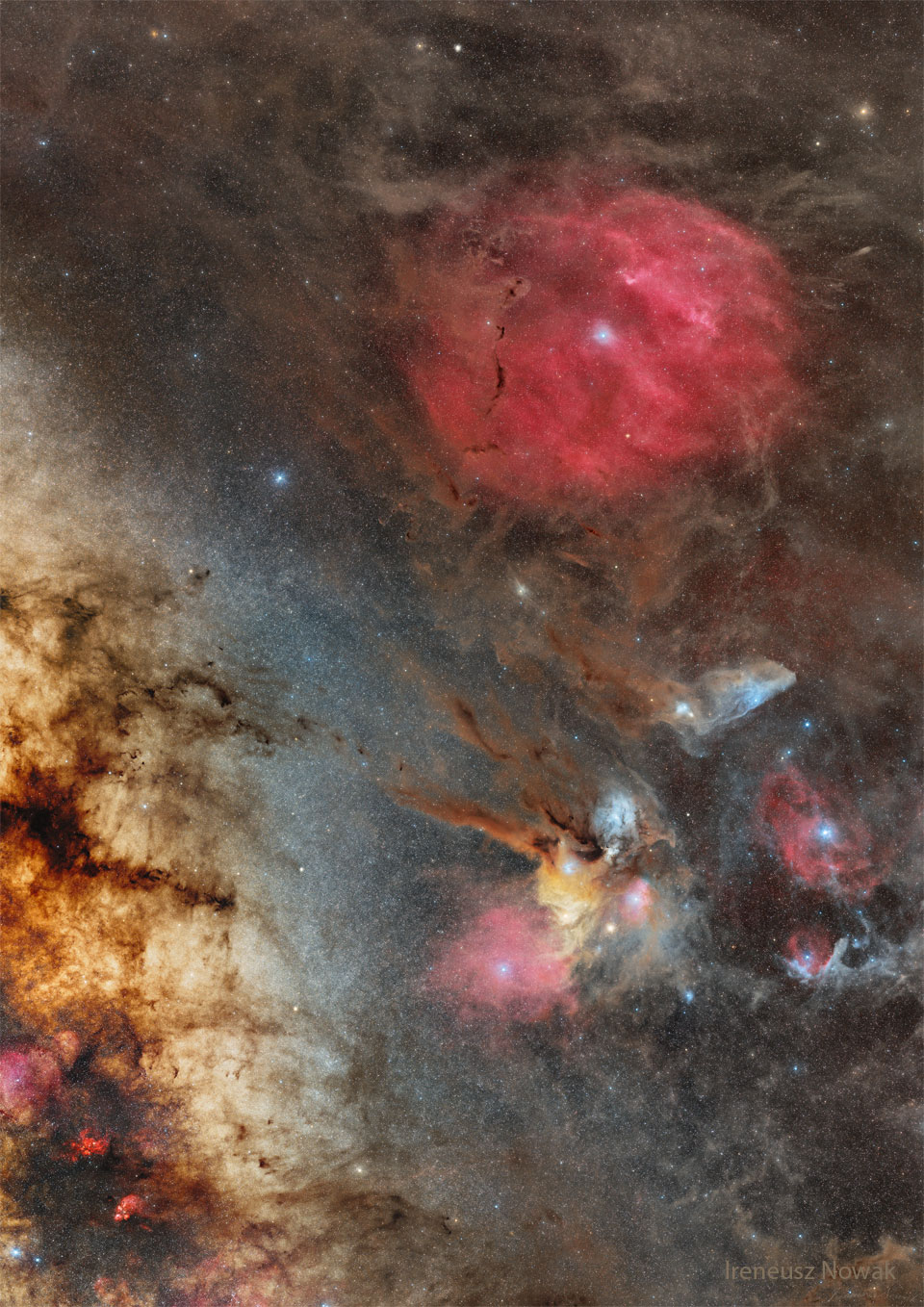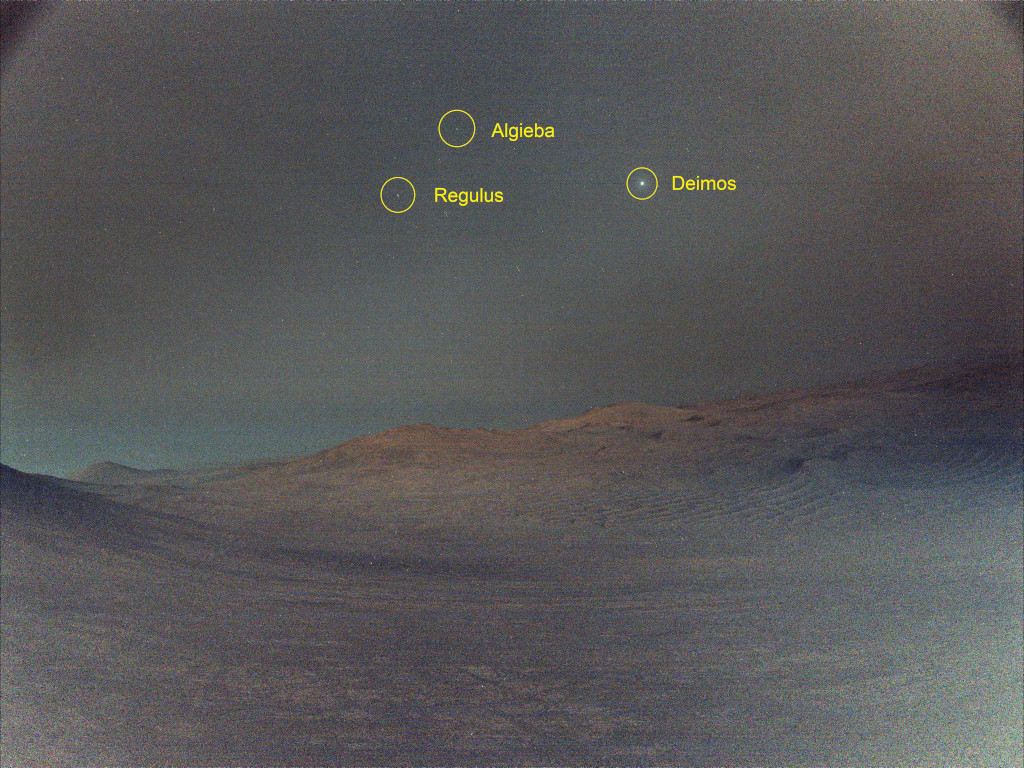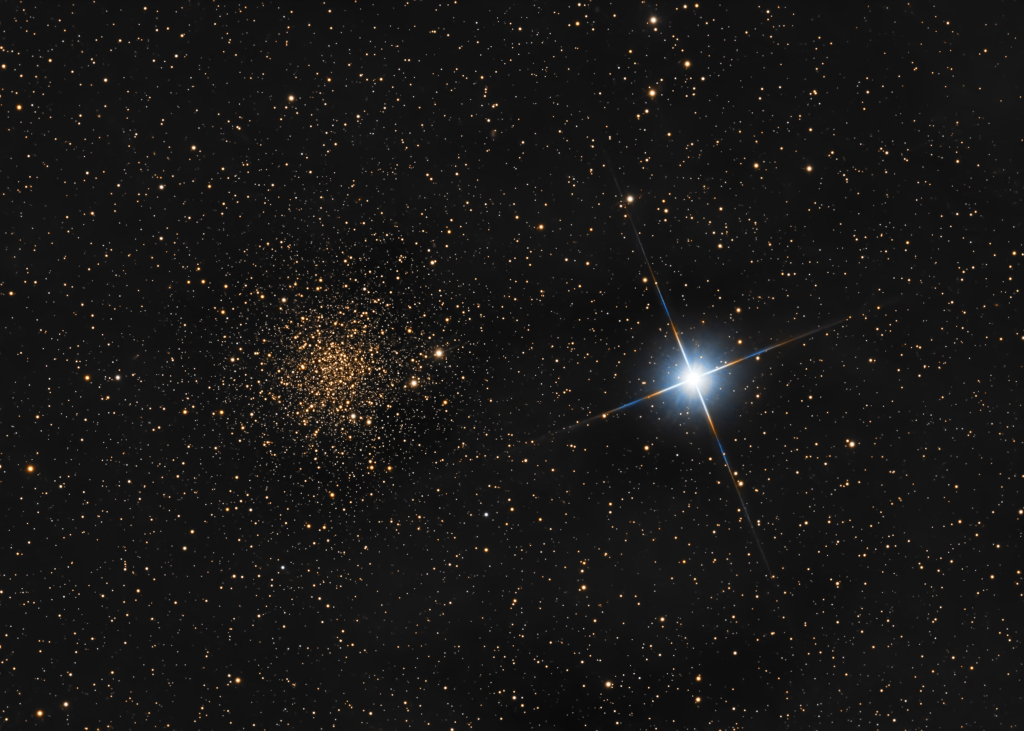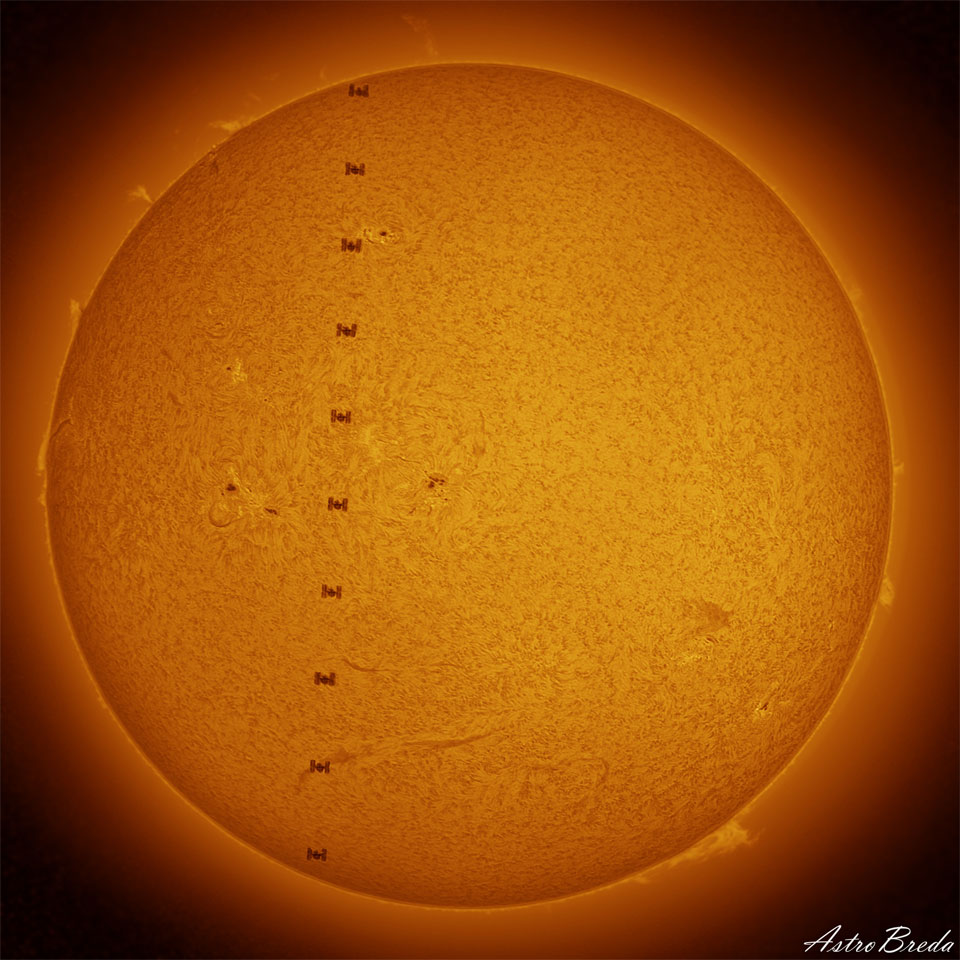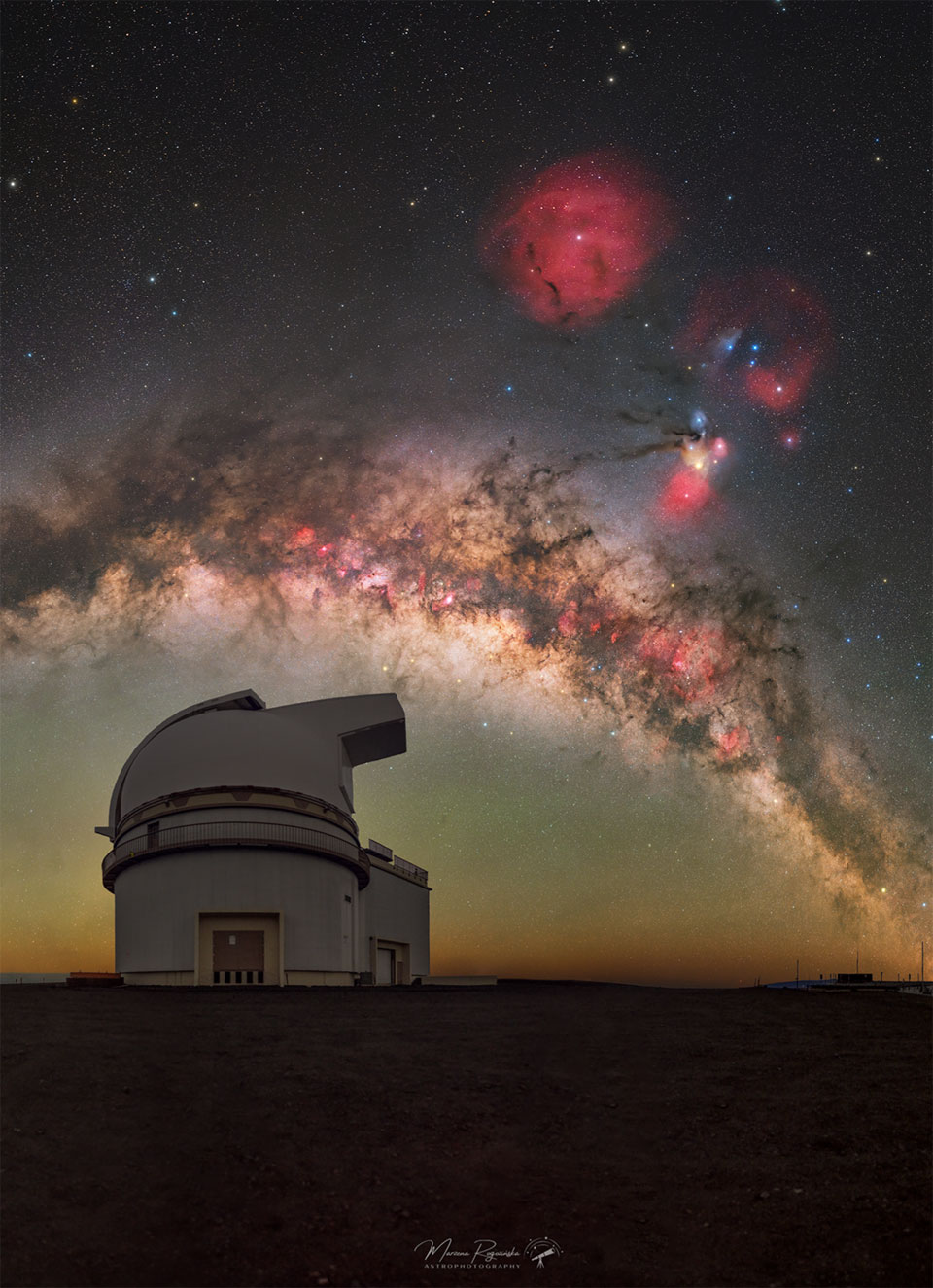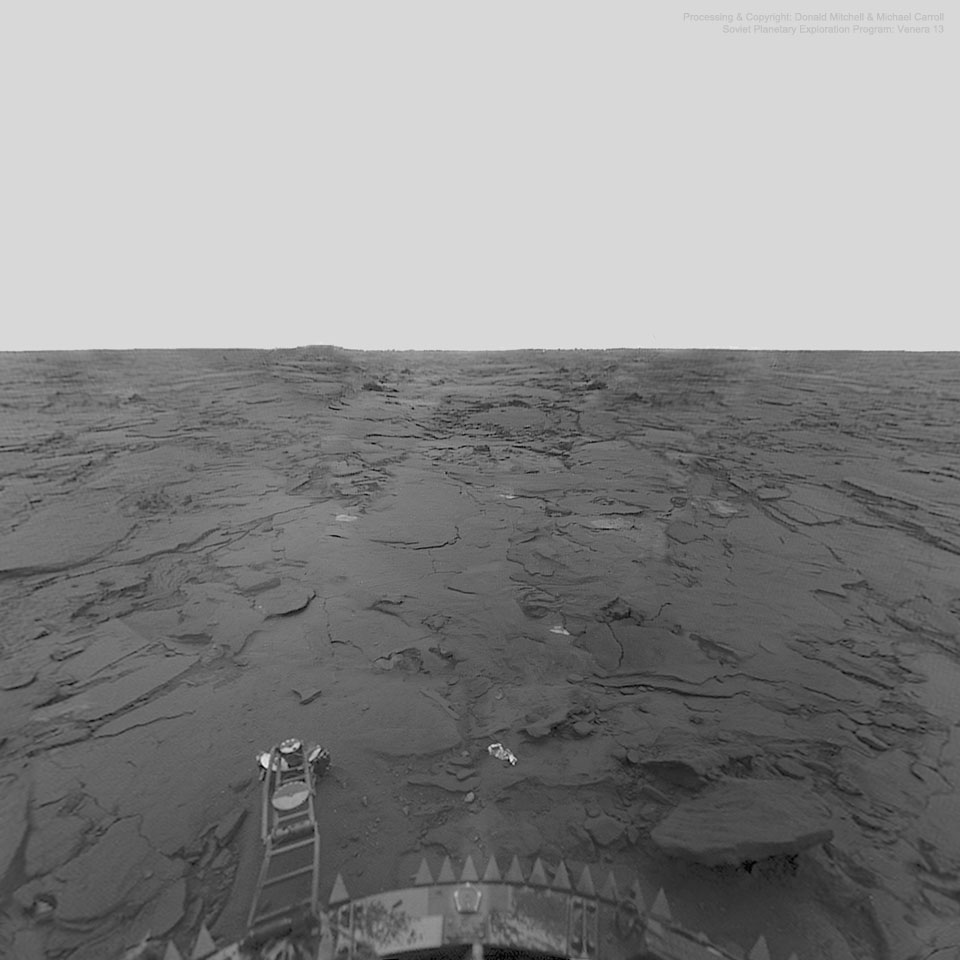Ces signaux, aussi discrets soient-ils, sont des marqueurs importants d’un dysfonctionnement hépatobiliaire. Pourtant, dans l’esprit de nombreux patients, un changement d’urine ou de selles est rarement perçu comme un motif sérieux de consultation. Ces symptômes peuvent aussi être causés par d’autres affections, comme une hépatite ou un simple virus digestif, ce qui renforce la tendance à les banaliser. Toutefois, c’est justement cette ambiguïté qui devrait inciter à la prudence. Une consultation médicale permettra d’écarter les hypothèses les plus graves ou, au contraire, de poser un diagnostic plus rapidement.
Le cancer des voies biliaires : un cancer silencieux aux conséquences graves
Lorsque le cancer des voies biliaires progresse, il peut bloquer totalement les canaux biliaires. Ce blocage déclenche alors un symptôme plus visible : la jaunisse. La peau et le blanc des yeux prennent une teinte jaune, révélatrice d’un excès de bilirubine dans le sang. Mais à ce stade, la maladie est déjà bien avancée, rendant les options thérapeutiques plus complexes. D’autres signes généraux, tels que des douleurs abdominales, des nausées persistantes, une perte d’appétit et de poids, des démangeaisons, de la fièvre, ou une fatigue chronique peuvent apparaître, souvent confondues avec d’autres troubles digestifs ou viraux.
Contrairement à une idée reçue, ce type de cancer n’est pas systématiquement lié à la consommation d’alcool ni à des antécédents familiaux comme le rappelle l’association : « C’est un mythe de croire que les cancers du foie sont toujours liés à l’alcool. En réalité, on ignore si l’alcool est lié au cancer des voies biliaires. » Il touche majoritairement les personnes entre 50 et 70 ans, mais peut survenir plus tôt chez les individus souffrant de pathologies chroniques du foie ou de la vésicule biliaire. Le surpoids, le diabète, la cirrhose ou encore une hépatite chronique sont autant de facteurs de risque. Quant au traitement, il dépend largement du stade auquel la maladie est détectée. La chirurgie reste l’option principale pour retirer les zones atteintes, suivie éventuellement d’une chimiothérapie pour éviter une récidive.
Jessica Ferret







